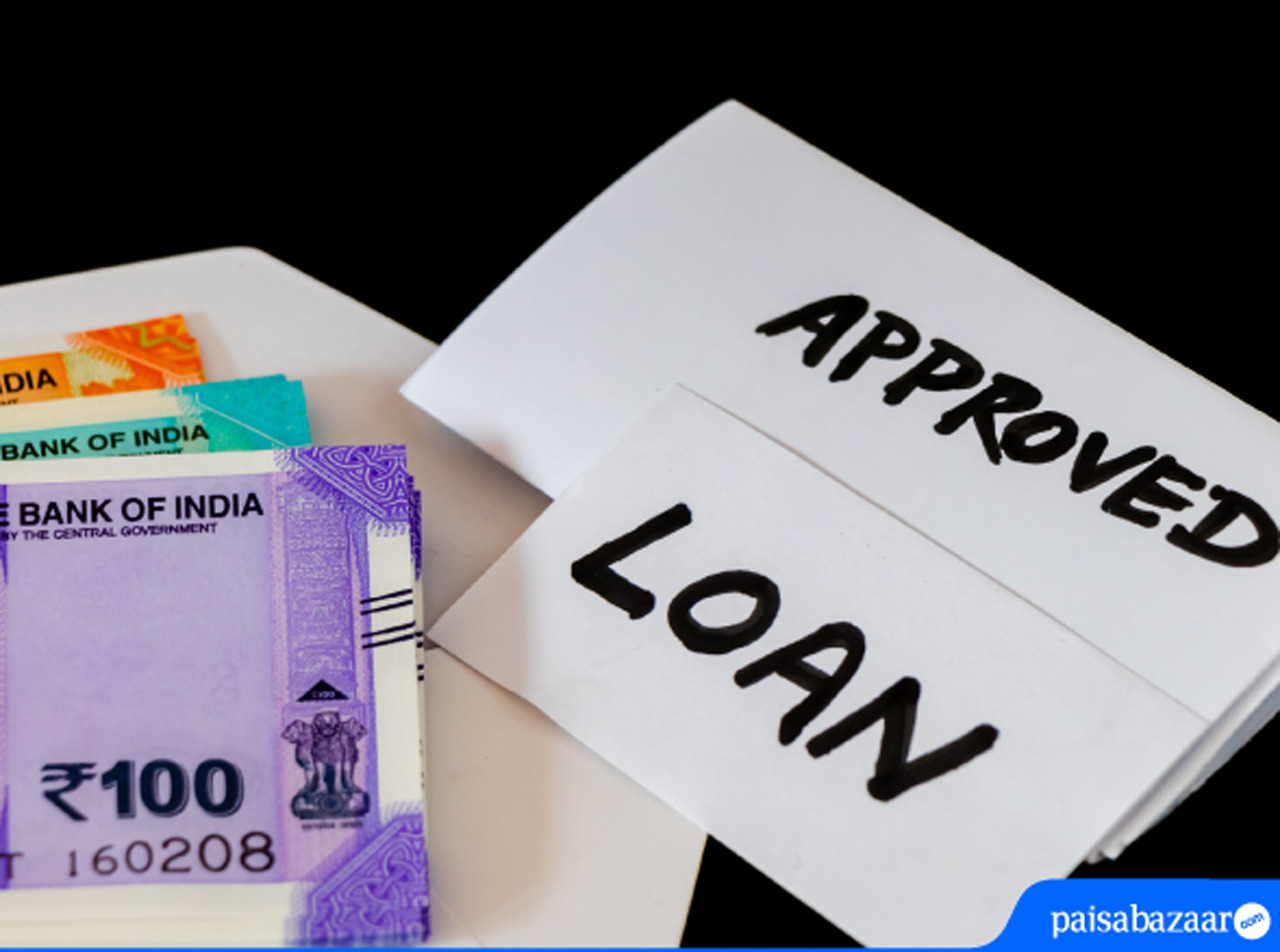
Interest rates
Gold loan interest rates are usually lower than personal loan interest rates. For example, SBI offers personal loans at an interest rate starting at 11.15% p.a., while its gold loan interest rate starts at 8.75% p.a. Lenders determine the personal loan interest rates based on the applicant’s occupation/employer profile, credit score, monthly income and other aspects of his credit profile. In contrast, for gold loans, lenders may also take into account the loan amount, repayment method and type of loan scheme to determine the applicable interest rate.
Loan amount
Usually, personal loans fall within the range of Rs 50,000 to Rs 40 lakh with some banks/ NBFCs claiming to offer higher loan amounts of up to Rs 1 crore. However, the eligible personal loan amount is primarily dependent on the applicant’s repayment capacity and the chosen loan tenure. In contrast, the loan amount for a gold loan is determined by assessing the valuation of the pledged gold used as collateral, along with the loan-to-value (LTV) ratio set for the applicant. The RBI has capped the LTV ratio at 75%.
Loan tenure
The repayment tenure for personal loans usually ranges from 1 to 5 years, although some lenders extend it to 7 years. On the other hand, the tenure of a gold loan is generally shorter, with a maximum tenures mostly being 3 years. However, some lenders offer longer durations of 4 to 5 years on their gold loans.For instance, the tenure of an HDFC personal loan is up to 6 years, while the tenure of a gold loan ranges from 6 months to 42 months.
Prospective borrowers should note that opting for longer loan tenures leads to higher interest costs but results in lower monthly EMIs. Thus, availing a personal loan becomes an optimal choice for individuals seeking higher loan amounts with smaller EMIs. Conversely, opting for a gold loan is suitable for those individuals with adequate repayment capacity to pay off the loan within a shorter duration.
Turnaround time forloan disbursement
The loan approval and disbursement process for gold loans are usually faster as compared to personal loans. For personal loans applied through offline methods, the disbursal time usually ranges from 2 to 7 business days. However, with an increasing number of lenders adopting end-to-end online application processes for personal loans, many claim to disburse funds within a few hours of making a loan request. Customers with pre-approved personal offers may receive the loan amount almost instantly, often within seconds of making the loan application. For example, pre-approved customers applying online for HDFC personal loans can get their loan disbursed within 10 seconds of application, while for other applicants, the turnaround time can extend to 4 business days.
Similarly, in the case of gold loans, the disbursal process is quick, usually within the same day of the application. For example, HDFC Bank claims to disburse gold loans within 45 minutes of making the loan application.
Chances of loan approval
In the case of personal loans, the absence of collateral increases the lending risk for lenders, as there is no security to rely on in the event of a borrower’s default. To counter this risk, lenders adopt a more rigorous approach to evaluating personal loan applications. They assess various aspects of the applicant’s credit profile, including his net monthly income, credit score, employer details, occupation, etc. Depending on the credit profile, some banks and NBFCs may also determine interest rates for their loan applications.
On the contrary, gold loans are secured, providing lenders with an underlying asset as collateral. This enables them to sell the pledged gold to recover the outstanding loan amount, thereby minimizing their lending risk. Consequently, when assessing gold loan applications, especially from individuals with lower credit scores, lenders often adopt a less stringent evaluation approach.
Processing fees
In personal loans, the processing fee usually goes up to 4% of the loan amount, and some banks/NBFCs may completely waive or cap these charges for a specific loan amount. For gold loans, lenders generally levy a charge of approximately 1% to 2% of the loan amount. As loan processing fees add to the overall borrowing cost, borrowers should consider this factor when comparing various personal loan and gold loan options.








